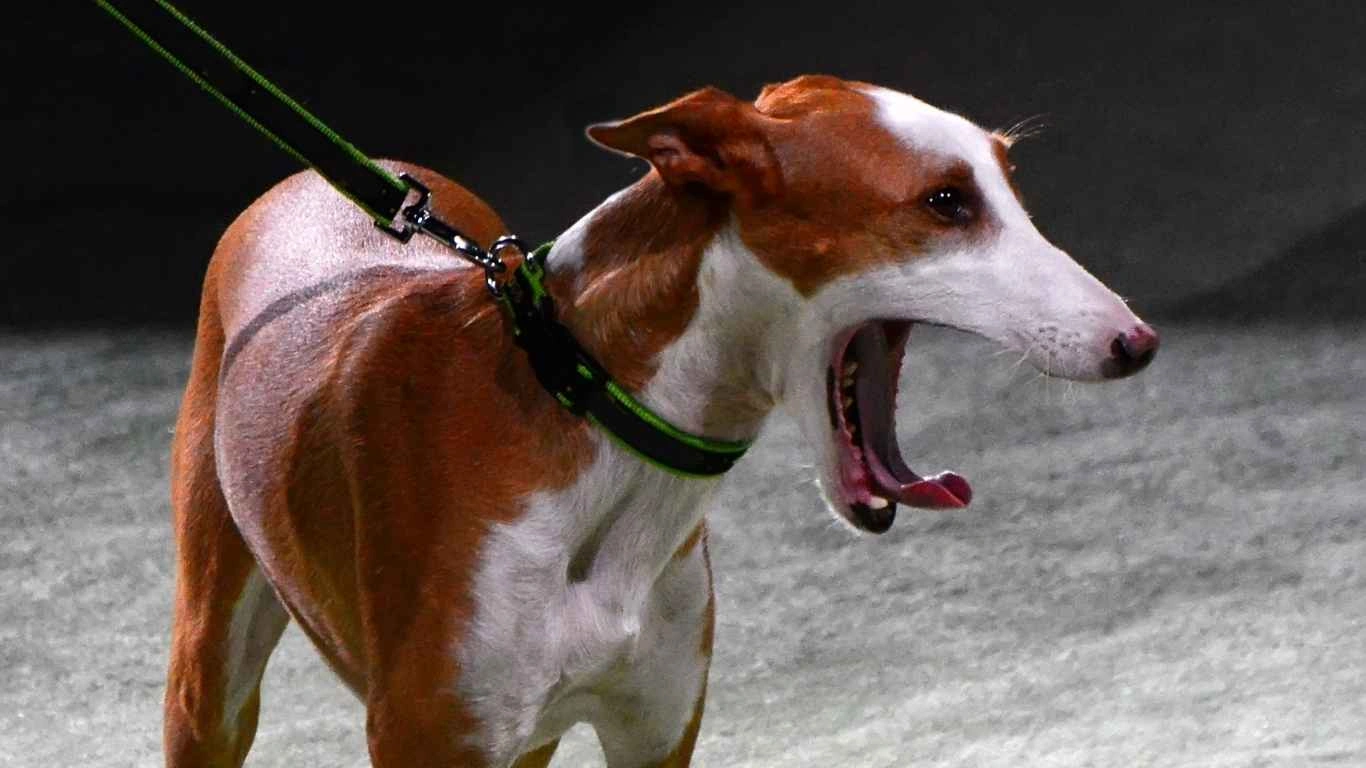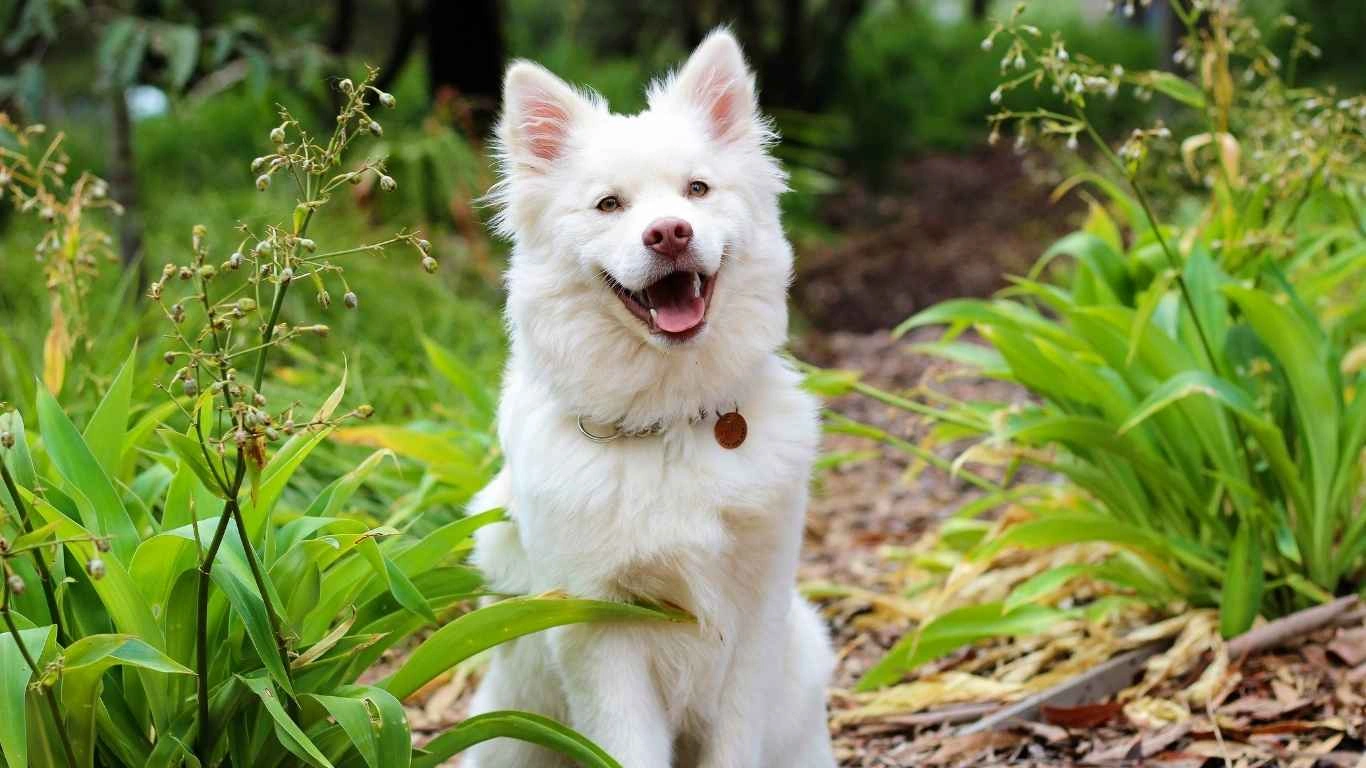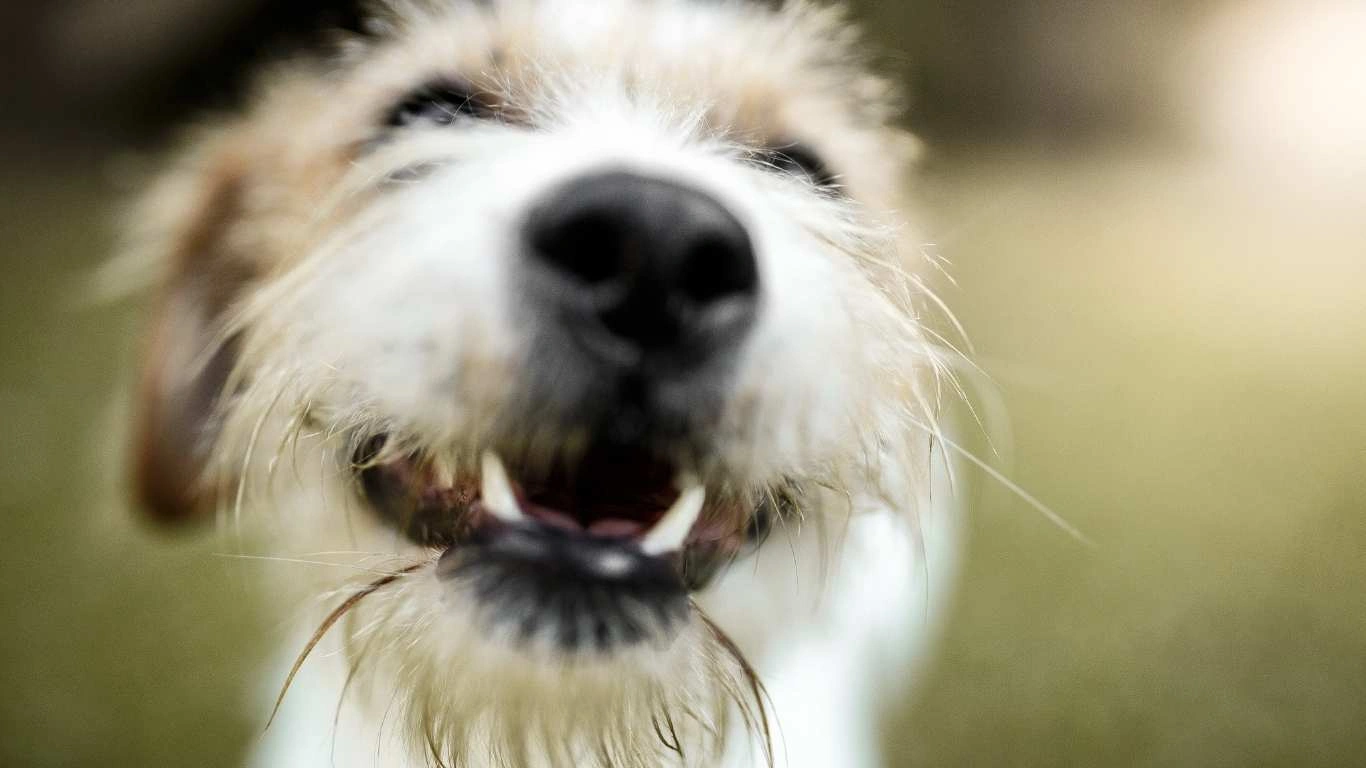Can Dogs Eat Cucumbers for Hydration? Discover the Benefits & Risks
So you’re wondering, can dogs eat cucumbers for hydration? You’re not alone—I’ve been asked this a ton at the clinic, especially during hot summer months when pup parents are looking for healthy, hydrating treats for their fur babies. As someone who’s worked hands-on in pet clinics and shelters, I can tell you—hydration is just as vital for dogs as it is for us humans, and we’re always looking for safe, low-calorie snack options. Cucumbers? They’re one of my go-tos. But of course, like anything else we feed our dogs, there are some things to keep in mind. Let’s dive into it.
Are Cucumbers Safe for Dogs to Eat?

Short answer: Yes, cucumbers are generally safe for dogs. They’re actually one of the most popular vet-approved treats out there. I remember one pup named Max—an older Labrador I cared for at the shelter—who would do a full-on happy dance anytime I brought out a bag of chilled cucumber slices. Not only did they help him stay cool, but they were easy on his aging tummy too.
But while cucumbers are non-toxic and hydrating, not all dogs will react the same way. Some may love the crunch; others may give you that dramatic side-eye and walk off. And then there’s portion control, of course. Dogs have different digestive systems than we do, so moderation is key—even with the good stuff.
Hydration Benefits: Why Cucumbers Make Sense
This is where cucumbers really shine. They’re made up of about 95% water, making them a fantastic hydration booster—especially if your dog isn’t a big drinker. If you’re dealing with a pup who turns up their nose at the water bowl but is all about snacks, cucumbers might be your hydration hack.
Think about this: On those long summer walks or during playtime at the dog park, your dog loses moisture through panting. Replenishing that loss through snacks that hydrate? Total win. I often recommend cucumber slices frozen into ice cubes for a crunchy, cooling treat. Bonus—they’re super low in calories and fat.
What Nutrients Do Cucumbers Offer?

Besides water content, cucumbers are surprisingly nutrient-rich. They contain:
- Vitamin K – helps with bone strength
- Vitamin C – supports the immune system
- Potassium – assists with nerve and muscle function
- Magnesium – aids in metabolic functions
Now, none of these are present in super high doses, so don’t expect cucumbers to be a multivitamin replacement. But they do offer a healthy, low-risk way to supplement your dog’s diet with extra micronutrients.
My Pro Tip: Introduce Slowly
One thing I always tell new dog parents at the clinic: don’t just dump a bowl of cucumber slices in front of your dog if it’s their first time. Start small. Give a couple of slices and watch for any signs of digestive upset—things like soft stool or gassiness. It’s rare, but some dogs just don’t vibe with cucumbers. And that’s okay!
I had a Chihuahua mix, Luna, in the shelter who loved veggies—except cucumbers. Every time I offered one, she’d look offended, like I just insulted her heritage. Meanwhile, her kennel buddy Tank (a chunky Pit mix) would inhale them like chips. So, yeah, every dog is different.
Can Dogs Eat Cucumbers for Hydration and Weight Control?

Absolutely. If your dog needs to shed a few pounds—or if you’re just trying to keep them fit—cucumbers are a guilt-free treat that helps with both hydration and weight management. Unlike store-bought treats (which can sneak in hidden fats, sugars, or preservatives), cucumbers are naturally low in calories and high in fiber.
Here’s a little perspective: A half-cup of sliced cucumbers contains only about 8 calories. Compare that to a dog biscuit, which can be up to 40+ calories depending on the brand. Swapping even one high-calorie snack for cucumber slices a few times a week can make a noticeable difference over time—especially if your pup is prone to packing on pounds.
When to Be Cautious
Of course, there are a few red flags to watch for. Not all cucumbers are created equal when it comes to dog treats. Here’s what to avoid:
- Pickles – Way too much sodium. A big no-no.
- Cucumbers with added salt or dressing – Dogs don’t need flavor enhancers like we do.
- Large chunks for small dogs – Always cut cucumbers into bite-sized pieces to avoid choking.
Also, remember to wash them well! Pesticide residue isn’t great for anyone, especially not your pup’s sensitive digestive system. I usually opt for organic when possible—or at least give the skin a good scrub.
Creative Ways to Serve Cucumbers to Your Dog

Okay, so now that we know dogs can eat cucumbers for hydration and it’s a solid snack option, let’s talk about how to serve them up in a way that your pup will actually enjoy. Because let’s be honest—just handing over a plain cucumber slice isn’t always the most exciting thing. Some dogs, like my old pal Marley (a goofy Beagle from a rescue I worked at), would eat anything green and crunchy. Others? Not so much.
Here are a few ways I’ve prepped cucumbers at the clinic and at home that always got tails wagging:
- Frozen cucumber cubes – Blend cucumber with a little water or bone broth, then freeze in ice cube trays. Great for hot days.
- Cucumber “chips” – Thinly sliced and dehydrated slightly for crunch. Dogs love the texture.
- Stuffed cucumber boats – Hollow out a chunk of cucumber and fill it with a spoonful of plain pumpkin or mashed sweet potato. A fun enrichment treat!
- Mix with kibble – Dice into tiny bits and mix into your pup’s regular food for some added hydration and crunch.
Get creative! As long as the cucumber is fresh, raw, and free of seasoning, you’re good to go.
What Vets Say About Cucumbers in a Dog’s Diet

During my time at the clinic, I made it a habit to ask the vets what they thought about trendy treats like cucumbers. And across the board, the consensus was the same: cucumbers are a healthy addition—in moderation. One of our senior vets, Dr. Ramirez, used to always say, “If it’s something you’d eat to stay fit and hydrated, chances are your dog can have a little too—as long as it’s plain and safe.”
He’d often recommend cucumber slices for dogs struggling with obesity or those needing low-fat snacks due to liver or pancreatic issues. We even used cucumber in weight management plans, alongside increased activity and regular weigh-ins. Seeing pups slim down and perk up was one of the most rewarding parts of the job, and treats like cucumbers played a small but meaningful role.
Important: Check with Your Vet First
I know it might sound obvious, but it’s worth repeating—always check with your vet before adding new foods to your dog’s diet. Some dogs have specific medical conditions or food sensitivities where even something harmless like cucumber could cause issues. And if your dog is already on a special diet? Better safe than sorry.
Can Puppies Eat Cucumbers for Hydration?

This one comes up a lot, especially from first-time pet parents bringing in new pups to the clinic. The short answer? Yes, but in small, supervised amounts.
Puppies have delicate digestive systems, so introducing anything new should be slow and intentional. I used to foster litters for a rescue, and we’d sometimes give older pups (usually 10–12 weeks and up) tiny cucumber nibbles on hot days. Just a slice or two, cut into super small pieces to avoid choking.
Here are a few puppy-safe cucumber tips:
- Peel the skin to make it easier to digest
- Cut into very small pieces
- Only give fresh cucumber—no pickles, no seasoning
- Watch closely after their first bite to make sure there’s no bad reaction
And always make sure they’ve got access to plenty of water. Cucumbers help, but they’re not a water bowl replacement.
Common Mistakes Dog Owners Make With Cucumbers
Despite being a healthy snack, I’ve seen well-meaning owners run into some issues just from not knowing the “dos and don’ts.” So here’s a quick breakdown of common slip-ups to avoid:
- Overfeeding – Just because it’s low-calorie doesn’t mean unlimited. Too much cucumber can still cause digestive upset.
- Giving large chunks – Especially for small dogs, big slices can be a choking hazard. Always go bite-sized.
- Using pickled or seasoned cucumbers – No vinegar, salt, or garlic. Those are a hard no.
- Skipping the wash – Always rinse cucumbers well to remove pesticides or wax coatings.
I once saw a case where a pup ended up with mild tummy troubles after being fed leftover salad cucumbers that had been tossed with vinegar. The owner had no idea it could be a problem—understandably! But now I make it a point to always clarify what “plain cucumber” actually means when giving advice.
When to Skip Cucumbers Altogether
There are a few situations where cucumbers might not be ideal:
- Your dog has kidney issues (high water content can be problematic depending on their fluid balance)
- Your pup’s on a strict prescription diet
- Your dog has a sensitive stomach and reacts to raw veggies
If your dog fits into any of those categories, it’s worth chatting with your vet first. They might suggest alternatives or specific serving styles (like steaming) to make the cucumber gentler on the tummy.
So far, we’ve covered the basics, the benefits, the cautions, and the creative ways to use cucumbers for hydration. In the next section, we’ll dig into how cucumbers compare to other hydrating fruits and veggies, and which ones to prioritize for your pup’s overall wellness.
How Do Cucumbers Stack Up Against Other Hydrating Foods for Dogs?

By now, you probably get that dogs can eat cucumbers for hydration—but cucumbers aren’t the only water-packed snack option out there. Over the years working in pet clinics and shelters, I’ve experimented with all kinds of hydrating foods, especially when trying to coax picky eaters or help senior dogs stay cool and nourished.
Here’s a quick comparison of cucumbers versus other popular dog-safe hydrating fruits and veggies:
| Food | Water Content (%) | Dog-Safe? | Notes |
|---|---|---|---|
| Cucumber | 95% | ✅ | Low-calorie, easy to prep, very hydrating |
| Watermelon (seedless) | 92% | ✅ | Sweet and refreshing—avoid seeds and rind |
| Celery | 95% | ✅ | Great crunch but stringy—cut into small pieces |
| Zucchini | 94% | ✅ | Mild taste, often tolerated well |
| Iceberg Lettuce | 96% | ✅ | Mostly water, low nutrients |
If I had to pick a top three for hydration, cucumber would definitely make the list alongside watermelon and zucchini. And while watermelon might win in taste (dogs love the sweetness), cucumbers take the lead in ease of prep and low sugar content.
When and How Often to Feed Cucumbers for Optimal Hydration

So, when’s the best time to give your pup cucumbers? Honestly, I found they’re perfect for:
- Post-walk cool downs – especially in the summer
- Midday snacks – to boost hydration between meals
- Training rewards – if your dog is food-motivated but on a diet
- After play sessions – to help rehydrate without too much heaviness
As for how often? A few small slices a few times a week is a safe rule for most dogs. I usually recommend keeping treats (even healthy ones like cucumbers) to about 10% or less of your dog’s total daily calories. This keeps their main meals nutritionally balanced while still allowing room for fun extras.
For small dogs, 2–3 slices per serving is usually plenty. Larger breeds might enjoy 5–6 slices depending on their activity level and weight goals. If you’re ever unsure, play it safe and consult your vet.
Signs Your Dog Might Love Cucumbers
Not every dog will fall head-over-paws in love with cucumbers, but if you notice any of these signs, you’ve probably got a cucumber convert on your hands:
- They beg at the fridge when they hear the veggie drawer open
- They sniff cucumbers enthusiastically (bonus points for tail wags)
- They crunch with gusto and look for more
In the clinic, we had a sweet senior named Buddy who would sit in the treatment room like a statue every time someone opened a cucumber. He somehow knew the sound of the slicing knife meant his favorite snack was coming. Dogs are smarter than we give them credit for sometimes!
Real-Life Stories: Shelter Dogs and Cucumber Love
One of my favorite memories was at a summer adoption event where we prepped frozen cucumber “pup pops” for all the dogs. It was scorching hot, and we needed something light but effective to help the dogs cool off. We blended cucumber with a bit of unsalted bone broth, poured the mix into silicone molds, and popped them in the freezer the night before.
The reaction? Total hit. Even our nervous or picky eaters licked at them curiously, and within minutes, most were happily chomping away. And it wasn’t just refreshing—it helped a few of the dogs calm down enough to engage with visitors. One of them, a sweet mutt named Daisy, even got adopted that day.
That experience stuck with me. It showed how even a small thing like a cucumber treat can play a role in both physical wellness and emotional connection for shelter animals.
References
Disclaimer
The information in this article is based on personal experience as an animal care specialist and is intended for educational purposes only. It is not a substitute for professional veterinary advice, diagnosis, or treatment. Always consult with a licensed veterinarian before introducing new foods into your dog’s diet or making significant changes to their care routine.






